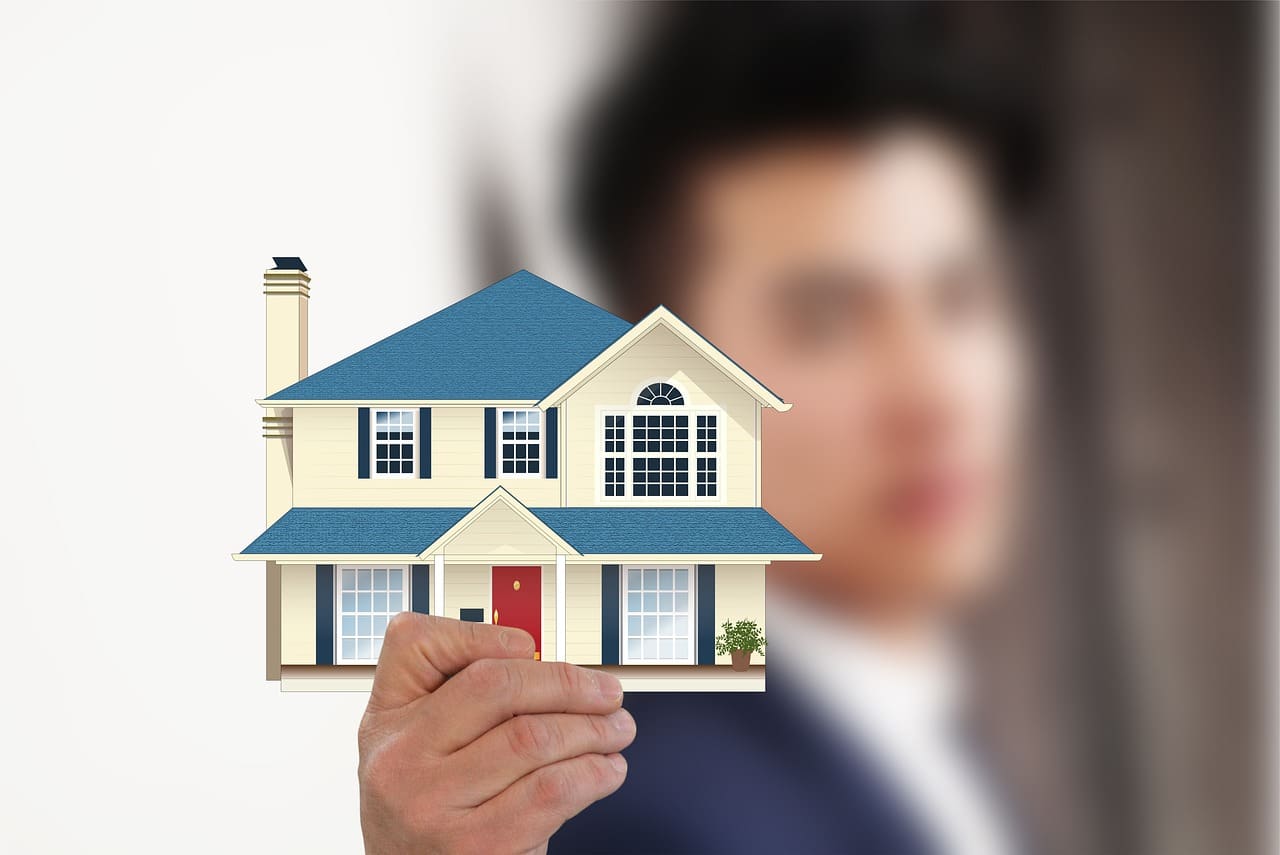What strategies can be employed to enhance the visual and aesthetic appeal of real estate properties?

In the competitive world of real estate, the aesthetic appeal of a property plays a fundamental role in its marketability. The way a property is presented can significantly influence potential buyers’ decisions. Therefore, if you’re in the real estate business, it’s crucial to understand that the presentation of a property is just as critical as its location and price.
Utilizing Professional Photography
In digital era, where most real estate searches start online, the power of professional photography cannot be underestimated. High-quality images can make a significant difference in how a property is perceived.
A lire également : What are the legal considerations for international real estate development partnerships?
Imagine browsing through a real estate website or leafing through a brochure. The properties that capture your attention are likely those with clear, well-lit, and professional photos. These images can highlight the property’s best features, making it more appealing to prospective buyers. Remember, a picture is worth a thousand words – and in real estate, it could also be worth thousands of dollars.
Professional photographers have the know-how and equipment to produce stunning photos. They understand how to use lighting to make spaces appear welcoming, and can select the right angles to make rooms seem more spacious. They can also use editing software to enhance the images further.
En parallèle : What strategies can be used to enhance community and cultural integration in real estate developments?
Virtual Staging
As technology continues to evolve, so do the techniques we use to present properties. One of the latest trends in real estate is virtual staging. This method involves using computer technology to furnish and decorate a property digitally.
In contrast to traditional staging, which can be both costly and time-consuming, virtual staging is a cost-effective and efficient alternative. It can transform an empty, impersonal space into a warm, inviting home, helping prospective buyers to visualize what the property could look like once furnished.
Virtual staging can also be customized according to the target market’s taste. For instance, if the property is likely to attract young, modern couples, it can be staged accordingly with contemporary furniture and decor.
Improving Curb Appeal
The exterior of a property is just as important as its interior. In fact, it’s the first thing that prospective buyers see either when they visit or view the property online. This is why improving a property’s curb appeal can significantly enhance its aesthetic appeal.
There are numerous ways to enhance a property’s curb appeal. A fresh coat of paint, a well-maintained garden, and attractive landscaping can make a property more appealing. Other simple improvements can include power washing the exterior, replacing old or worn-out fixtures, and ensuring that the property is clean and well-maintained.
Renovations and Updates
While minor improvements can make a significant difference, sometimes more extensive renovations are needed to increase a property’s appeal. Updating outdated features, such as old kitchen appliances, can increase a property’s value and make it more attractive to prospective buyers.
When choosing which renovations to undertake, it’s important to consider the return on investment. Some updates, such as remodelling the kitchen or bathroom, can provide a high return on investment, thereby increasing the property’s value more than the cost of the renovation itself.
Highlighting Unique Features
Each property has a unique charm or feature that sets it apart from others. Whether it’s a majestic view, an architectural element, or a spacious backyard, these features can make a property more attractive to potential buyers.
However, these features often need to be highlighted in order to catch the buyer’s eye. This can be achieved through strategic staging, professional photography, and compelling property descriptions. By emphasizing these unique features, you can create a lasting impression and make your property stand out in the competitive real estate market.
In conclusion, enhancing the visual and aesthetic appeal of a real estate property involves a combination of techniques. From professional photography and virtual staging to improving curb appeal and undertaking strategic renovations, these strategies can significantly increase a property’s marketability and value. The key is to understand the property’s target market and tailor the presentation accordingly. By doing so, you can make the property more attractive to prospective buyers and ultimately sell it more quickly and at a higher price.
Maximizing Property Lighting
Lighting plays a pivotal role in enhancing the appeal of a property. The right lighting can transform a space, making it appear welcoming and spacious. It can also highlight the property’s unique features, adding an extra layer of appeal.
When it comes to real estate, both natural and artificial lighting are important. Maximizing natural light can make a space seem airy and bright. This can be achieved by using light-coloured paint or installing larger windows. Mirrors can also be used strategically to reflect light and make a room seem larger.
Artificial lighting can be used to create a warm, inviting ambiance. It can also be used to highlight architectural features or to create focal points within a space. Layered lighting, which combines general, task, and accent lighting, can be particularly effective in enhancing a property’s aesthetic appeal.
Using light fixtures that match the property’s style can also increase its appeal. For instance, modern light fixtures can be used in a contemporary property, while antique fixtures would be more suitable for a historic property. Remember, the goal is to create a cohesive look that appeals to the property’s target market.
Depersonalizing the Property
Depersonalizing a property is another effective strategy for enhancing its appeal. This involves removing personal items and neutralizing the decor to create a blank canvas that allows prospective buyers to visualize their own furnishings and personal touches.
While a home filled with personal photos and possessions might be cozy for the current residents, it can make it difficult for prospective buyers to imagine themselves living there. By removing these items, you can make the property more appealing to a wider range of buyers.
Depersonalizing a property can also involve painting walls in neutral colours and removing any distinctive or quirky decor. This doesn’t mean the property should be devoid of personality, but rather that the decor should be tasteful and universally appealing.
In conclusion, the aesthetic and visual appeal of a property can significantly affect its marketability. Employing strategies such as professional photography, virtual staging, improving curb appeal, undertaking strategic renovations, maximizing property lighting, and depersonalizing the property can all contribute to making a property more attractive to prospective buyers. By understanding the property’s target market and adjusting the presentation accordingly, you can increase the likelihood of a quick sale at a higher price.
